What is a drifting FAD?
Closing the loop in DFAD lifecycles
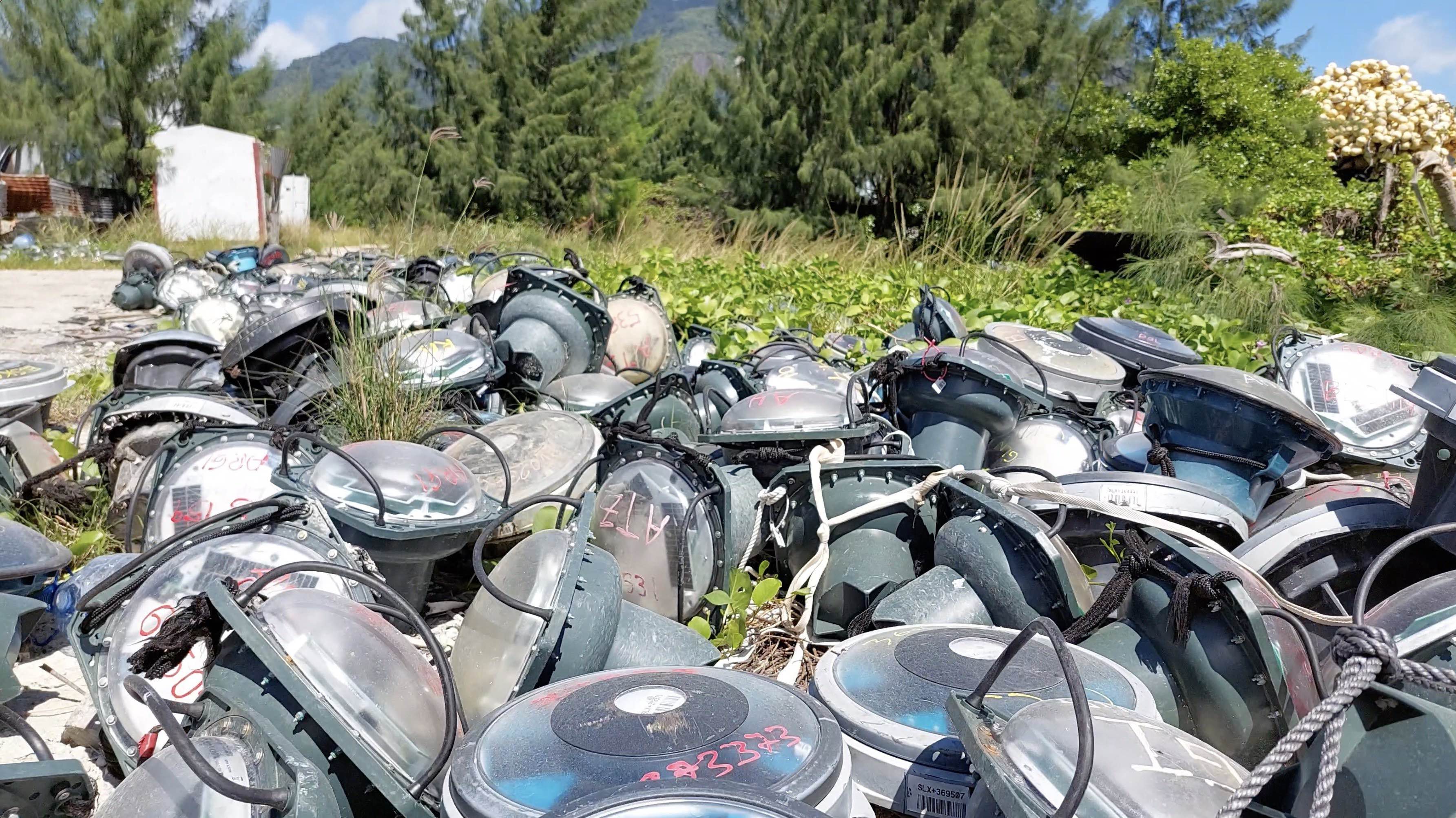
Worldwide, Drifting Fish Aggregation Devices (DFADs) are used in fishing operations to attract fish for harvesting. DFADs are regularly left at sea due the cost of their recovery. These DFADs damage sensitive ecological habitats and contribute to ghost fishing and plastic pollution. Low-income coastal communities bear the burden of this practice.
Many DFADS are accompanied by a satellite connected echo sounder buoy for detecting fish and locating the DFADs at sea.
At OceanLabs, we are working on upcycling discarded and defective DFAD buoys so that they may be redeployed for environmental monitoring. Our goal is to motivate their recovery, decrease their impact, and provide the best remote platform for marine reasearch.
The Life Cycle of a Drifting FAD Buoy
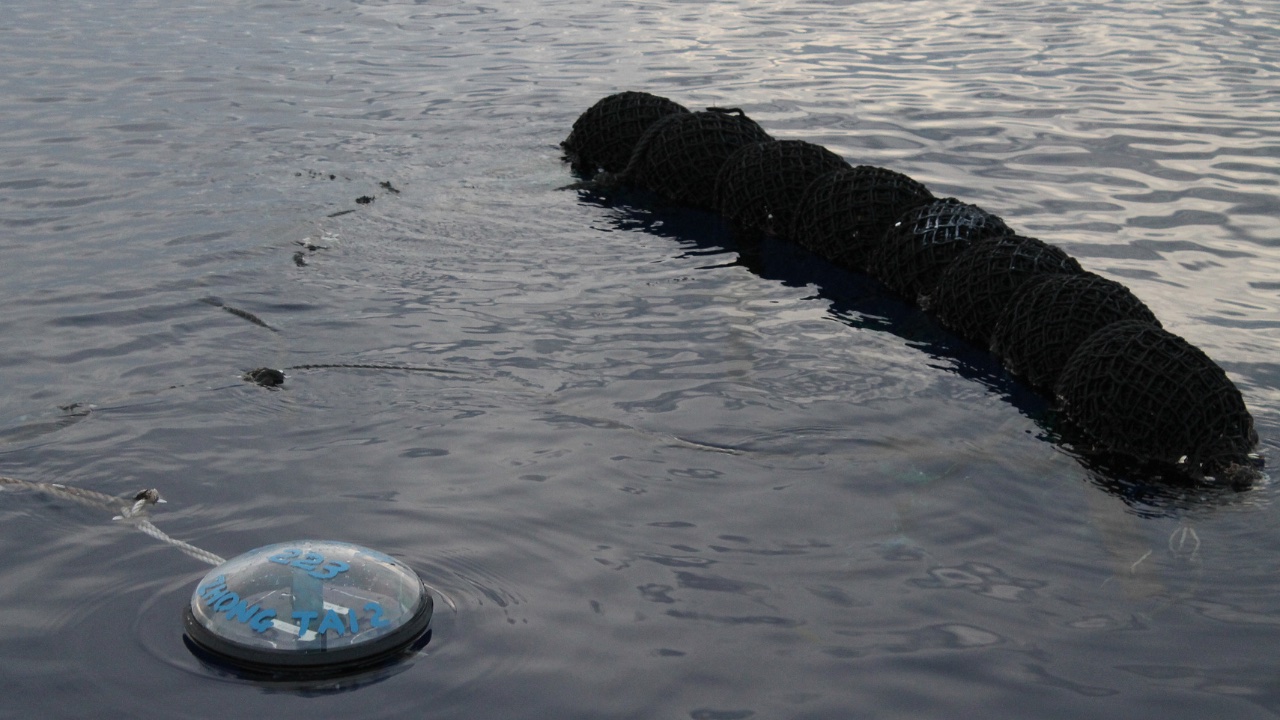
After the DFAD is launched from the fishing vessel, it will drift freely in the ocean until it either detects fish or runs ashore. In the Indian Ocean, a single purse-seining vessel is allowed to deploy 300 such DFADs a year depending on the region. Photo provided by Alex Hofford under the creative commons license.
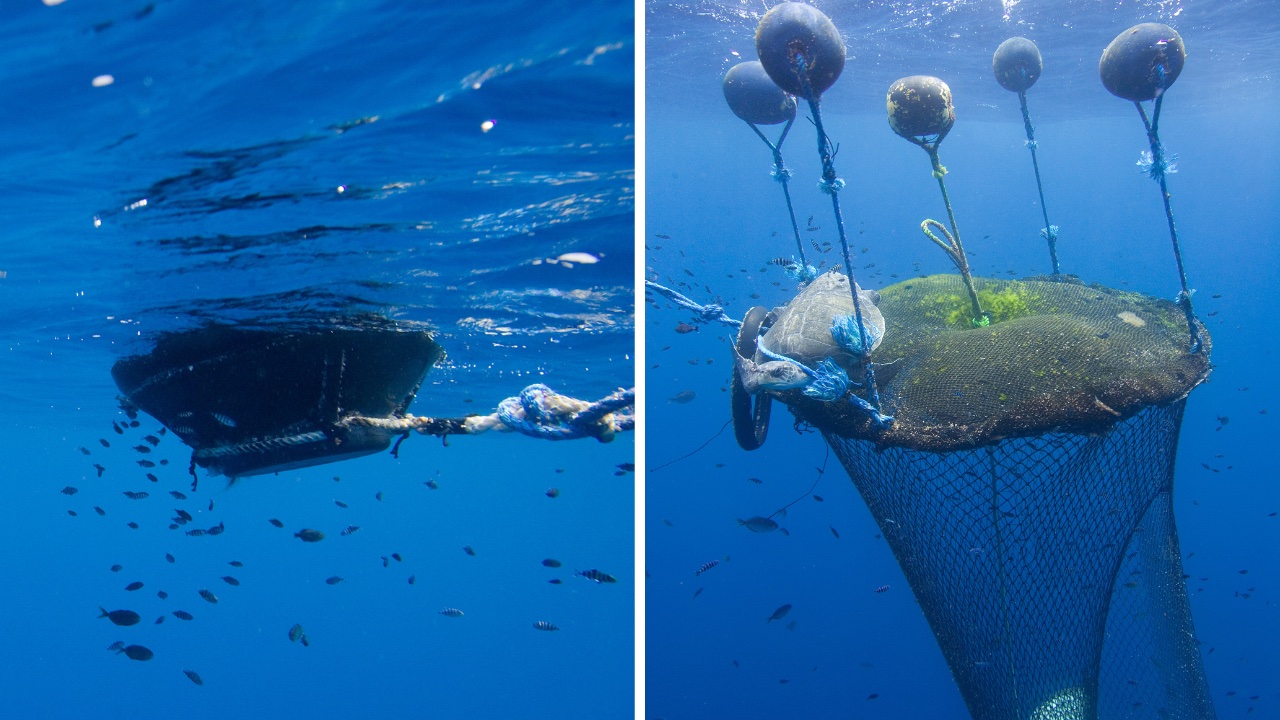
The subsurface structure of the DFAD attracts marine life while its accompanying echo sounder buoy can remotely detect the prescence of tuna shoals. Photos provided by Alex Hofford under the creative commons license.

This a top view of the sub-surface structure of a DFAD. Many DFADs have structure that extends 50 meters below the FAD. Photo provided by Alex Hofford under the creative commons license.
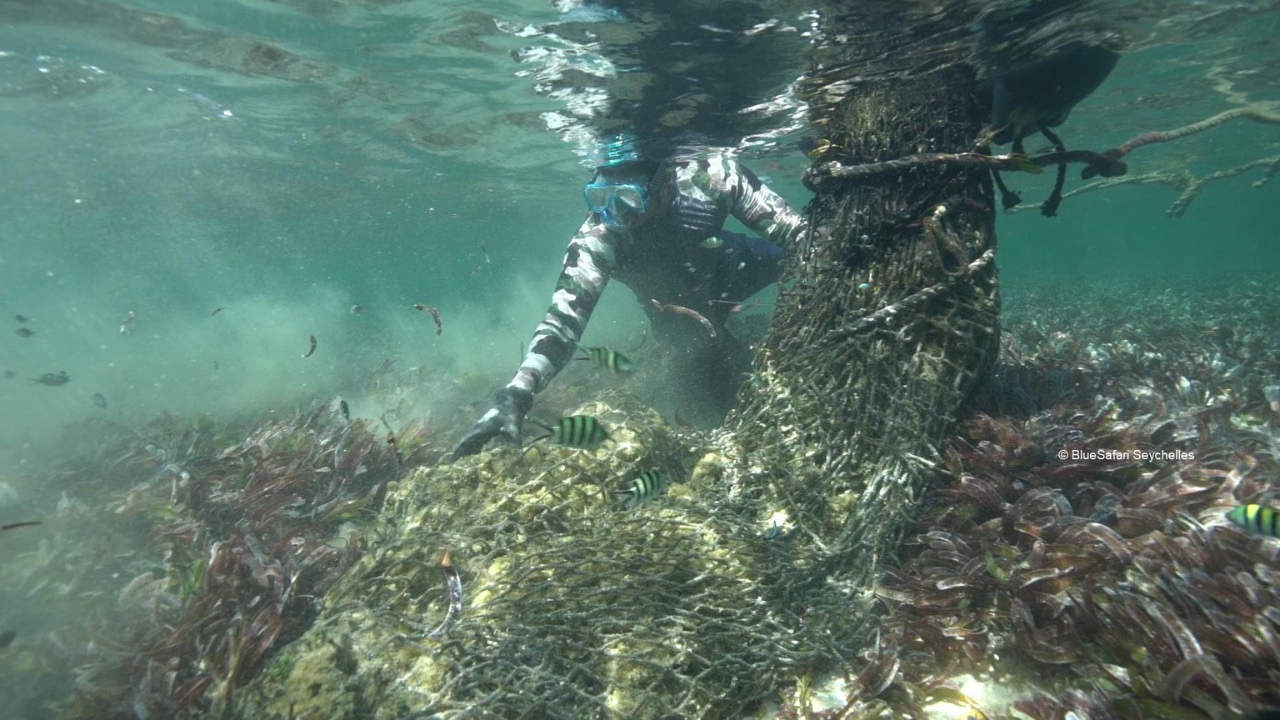
While most are never recovered, here we see a crew of conservationists unentangling a DFAD that has grounded on a coral structure. Photo by Blue Safari Seychelles and is not for redistribution without their express consent.
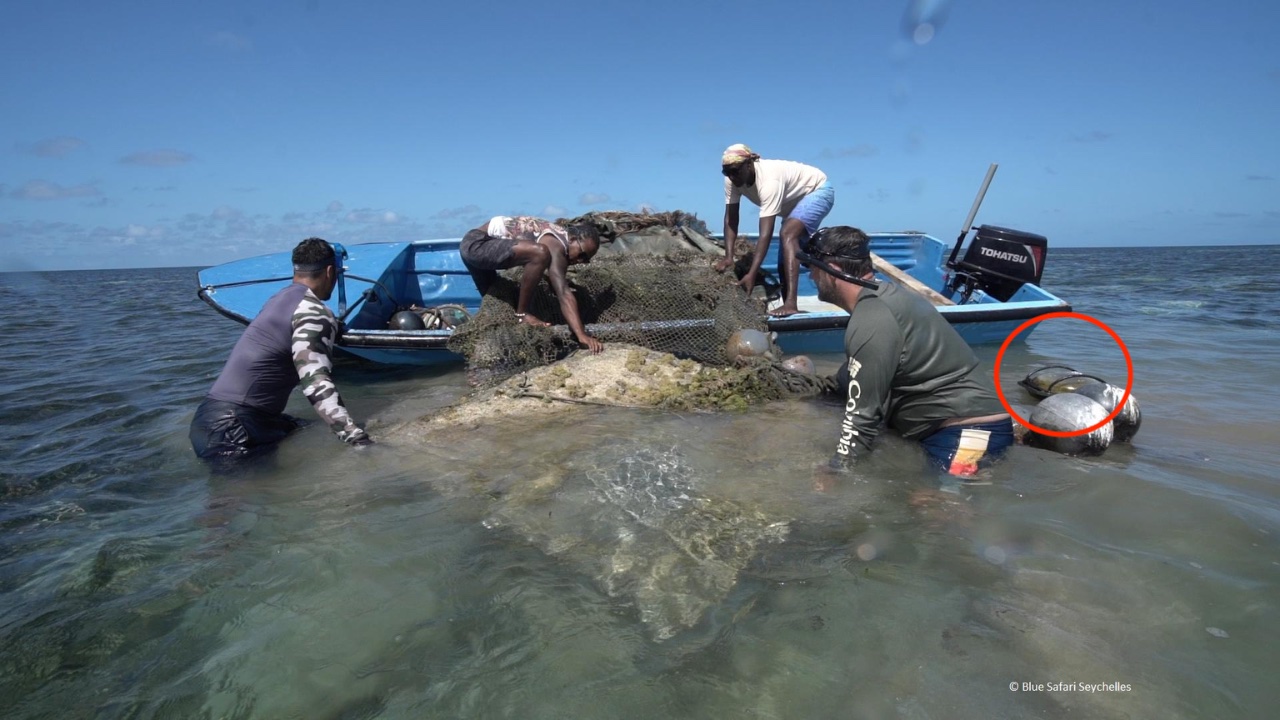
Recovering a grounded DFAD with echo sounder buoy in view. Photo by Blue Safari Seychelles and is not for redistribution without their express consent.

An unused DFAD buoy being prepared for recycling at OceanLabs. This process transforms these devices into valuable tools for research and conservation.
While the commercial fishing industry has access to mass produced remote sensing equipment, the conservation and research sector does not have access to this level of remote technology at this price point.
At OceanLabs, we see each discarded DFAD we obtain as an opportunity to clean up our oceans while providing new tools for sustainability efforts.
Our work benefits conservation efforts and coastal communities by turning these previously overlooked assets into tools for sustainability. This approach not only mitigates environmental concerns but also supports advancements in marine research, empowering local initiatives with cutting-edge technology at a fraction of the cost.